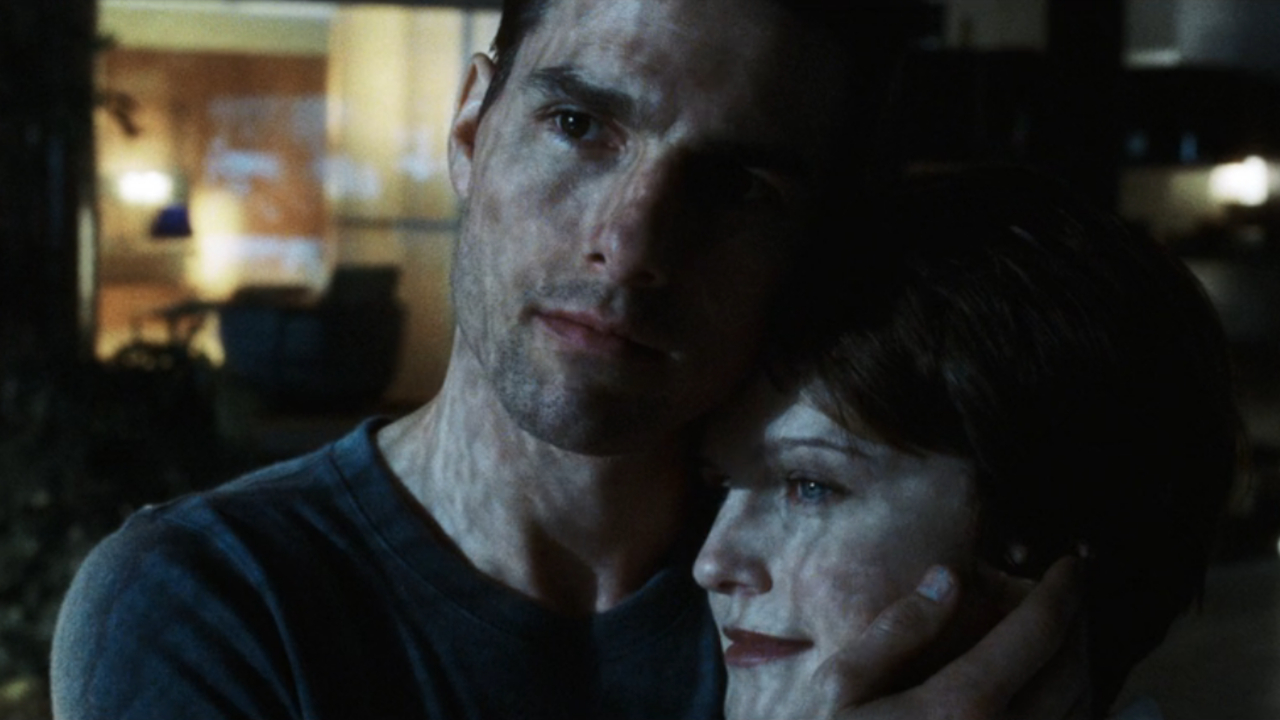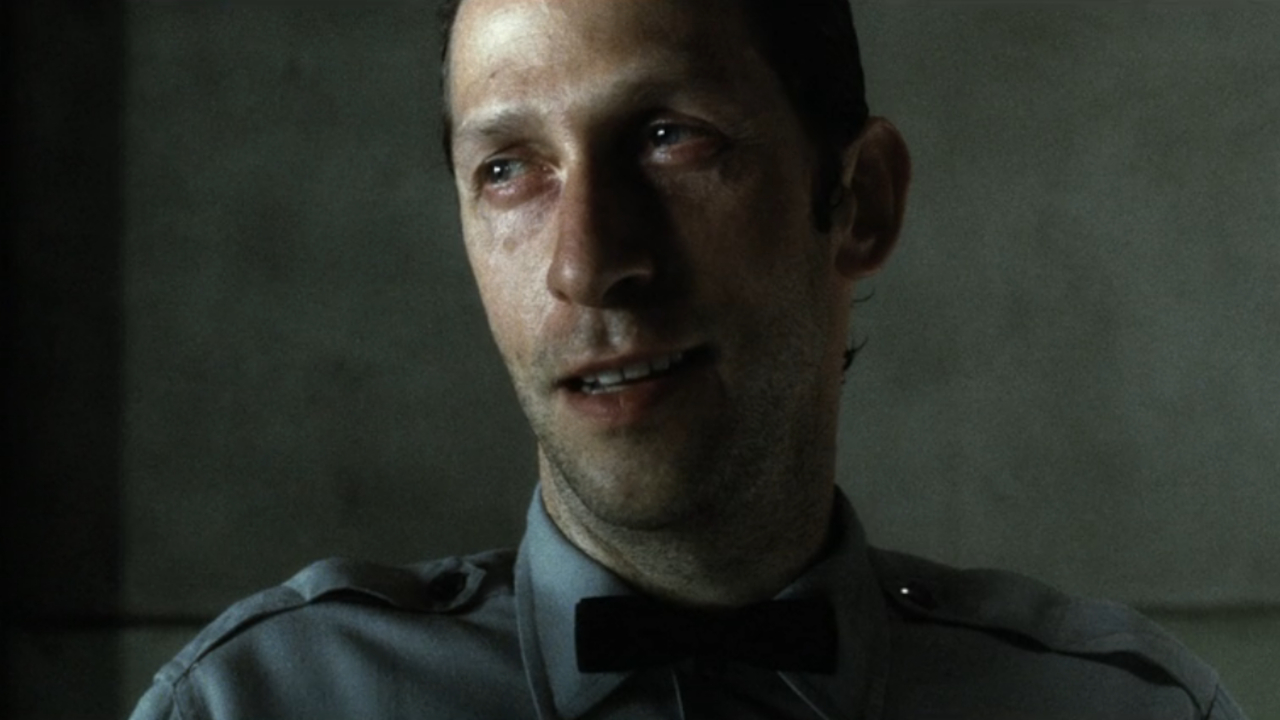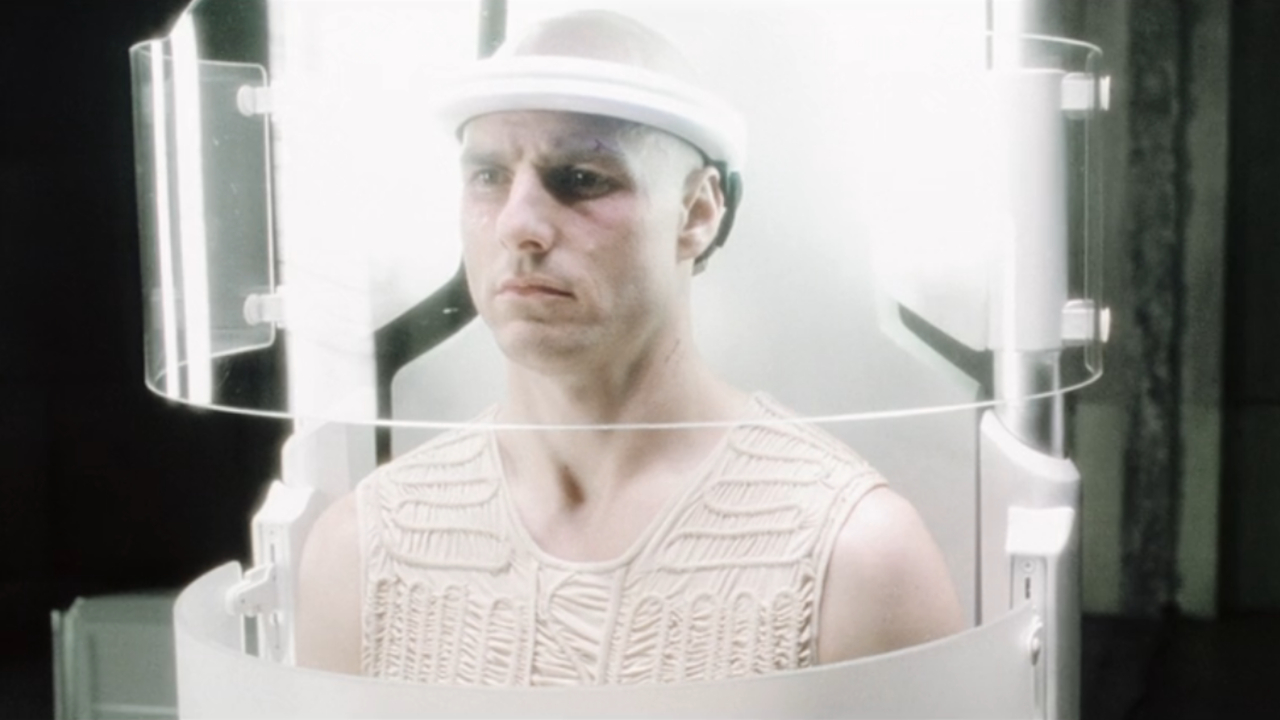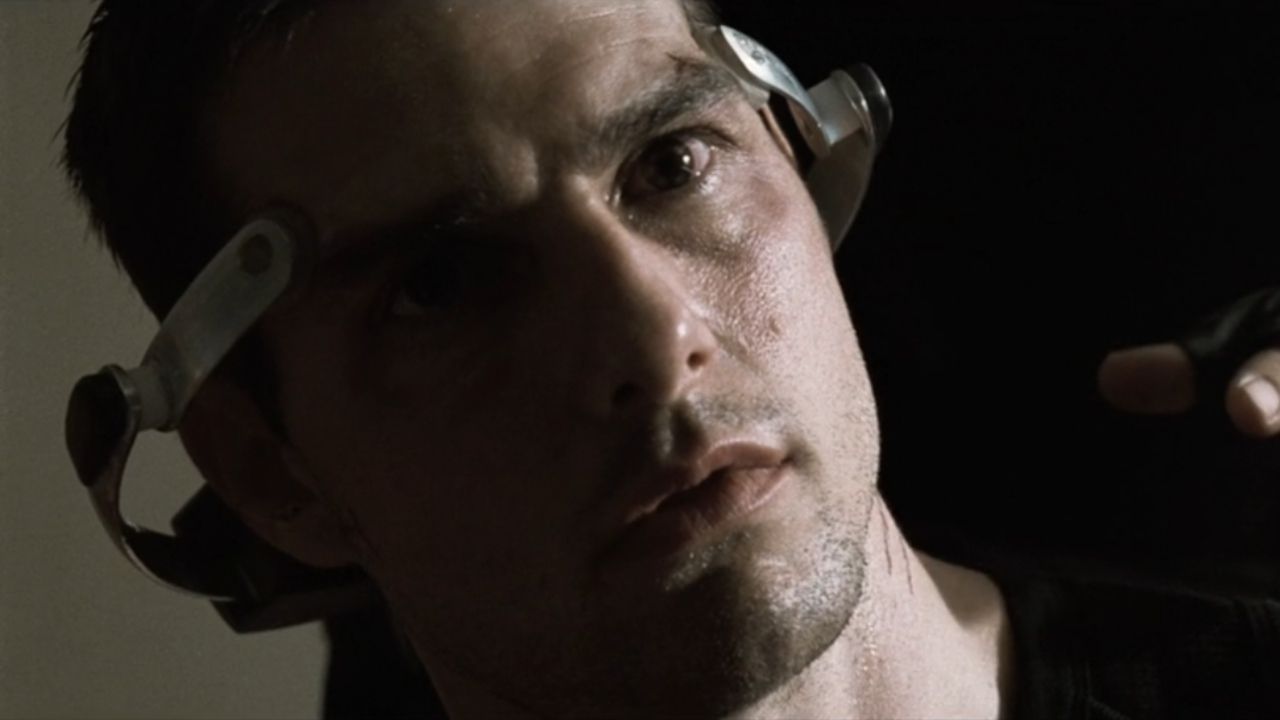Minority Report Ending Explained: What Actually Happened?
Everybody runs...but are they running to the truth?

During the early aughts, the pairing of Tom Cruise and Steven Spielberg delivered two of the best sci-fi movies of our recent era. Both Minority Report and War of the Worlds have a pretty staunch fanbase, with the first film being based off of the Phillip K. Dick novella The Minority Report. It was a box office success, with the sort of impressive action and happy ending you’d expect from a Spielberg movie. Depending on who you talk to though, the Minority Report ending only wants you to think it’s a happy conclusion.
Is this the hidden truth, or is the internet just digging into rabbit holes that don’t have a basis in reality? Let’s revisit the finale of the story, as well as the one scene that planted this paranoid seed to begin with, and ultimately decide if Minority Report’s conclusion really is a typical Steven Spielberg ending.

What Happens At The End Of Minority Report?
Precrime Chief John Anderton (Tom Cruise) has been arrested for a murder he was predicted to commit. That act was an elaborate frame job, all thanks to Anderton’s boss, Precrime director Lamarr Burgess (Max Von Sydow). While Minority Report’s hero is predicted to have murdered a man he never met, it was all a setup due to the detective stumbling on a truth he was never supposed to know: Burgess literally killed to protect the future of this fledgling law enforcement body.
After his arrest, John is sent to a stasis prison that houses all of the suspects Precrime has arrested in its six year history. It isn’t long before Anderton’s estranged wife Lara (Kathryn Morris) breaks him out, with the pair setting out to expose Lamarr Burgess and his actions to the world. What started with Burgess killing the mother of vital Precog Agatha (Samantha Morton) ended in a suicide to prevent himself from winding up in the same prison John Anderton ended up spending some time in.
Minority Report ends with John and Lara reuniting, the pair now expecting another child. As for Agatha and her fellow Precogs, they move to the countryside and start a quiet life, with Precrime now shut down in light of the revelations made in reference to its creation.

The Minority Report Scene That Spawned Two Interpretations
What’s described above sounds like a pretty solid Steven Spielberg ending, right? Minority Report feels like it wraps up rather nicely, with the sense of justice prevailing and family reuniting being something that this legendary director seems to love to land on when he can. However, there’s one scene in particular that has made fans of the 2002 neo-noir blockbuster question this reality ever since the film’s release.
It comes from the moment where John Anderton is about to become imprisoned, like all the perps he put away through Precrime. Before he’s fully secured in what could generously be called a “cell,” prison warden Gideon (Tim Blake Nelson) describes this futuristic incarceration experience as follows:
Your Daily Blend of Entertainment News
They say you have visions. That your life flashes before your eyes. That all your dreams come true.
That’s right folks! We’ve got another Phillip K. Dick adaptation that includes one scene of dialogue that makes you question everything. This same sort of thing happened with Total Recall’s ending, which not only littered the film with clues hinting at it all being a dream, but also had one scene that laid out a carefully crafted alternate hypothesis.
One last fact that should be noted is that in a draft of Scott Frank’s script dated May 2001 (via Daily Script) the dream theory we’re about to discuss gets a bit muddier. In a scene deleted from this version of Minority Report, we see John Anderton actually have a dream about his lost son Sean.
Does this scene confirm that John is dreaming, or does it set up a clear barrier between the stasis prison reality and the outside world? In this opinion, it feels like another grey area, as we never got to see that sequence and how it was filmed; which plays into another piece of supposed evidence we’ll discuss in a little while.
Minority Report’s stasis prisons are made to keep people imprisoned for an indeterminate period of time, with all the visions they could hope for occupying their trapped bodies and minds. So those that thought the ending to this detective story was a bit too upbeat have an alternate theory when it comes to interpreting what they’ve just seen. As it turns out, interpreting Minority Report’s ending includes a minority report of its own.

Is Minority Report’s Ending Actually A Dream?
In keeping with the neo-noir vibes of the production script credited to writers Scott Frank and Jon Cohen, this other interpretation of Minority Report’s ending is that the reality is much darker. Thanks to Gideon’s rather suggestive warning, there’s a theoretical possibility that John’s still in prison at the end of the film, merely dreaming of this happy ending.
Were this ending to be true, Minority Report’s noir inspirations would be fulfilled as it would ironically reinforce what we’re being told throughout the movie: Precrime is perfect. In this sense, that’s technically so, as Lamar Burgess’ crimes ensure the survival of the futuristic institution. No sacrifice is too great, and no player is considered to be better than this hypothetical game being played.
John Anderton’s confrontation of his former mentor doubles down on this sort of paradox. Anderton mentions to Lamarr Burgess that by killing him to protect Precrime, the system still works: he just has to suffer the consequences to allow it to survive. Strangely enough the Wiki description of Phillip K. Dick’s novella keeps that decision on Anderton, with the ending seeing our Precrime cop going to prison after willfully committing the murder he’s predicted to commit.

Which Interpretation Of Minority Report’s Ending Works Better?
Determining which interpretation of Minority Report’s ending works best really depends on where you draw the line between dreams and reality. But to hand down a ruling that truly does the film’s ending justice, we might have to go with the old fashioned concept of reasonable doubt.
In the case of Steven Spielberg’s futuristic crime caper, there is reasonable doubt over the finale we witnessed being the actual chain of events. Gideon’s bit of salesmanship noting that the stasis prison experience allows a person to dream their own happy ending is all it takes to give us that idea, and as such we can’t truly tell if this is reality or fiction.
Not to mention, as io9 pointed out in its case discussing this theory, the visual style of the starkly blueish white palette of Minority Report does soften a bit as we get closer to the third act. That shift could be another clue towards the outlook of Tom Cruise’s character getting a bit more Technicolor as a result of his imprisonment.
It’s hard not to watch the ending of Minority Report and question whether or not it’s all a dream. The questions, the evidence, and even how these events map up with what we saw previously are too powerful to wave them off. Knowing how Phillip K. Dick’s novella ends, the dream theory would keep the film right in line with the message that the author was trying to convey: the system is only perfect if you force it to be.
Dick was an author known for stories of distrust in shadowy authoritarian organizations, as well as paranoia in general. To give Minority Report an ending this happy works on the surface because of some additions that fit Steven Spielberg’s drive to humanize the story.
Even then, you can’t deny the bones provided by the source material show their structure rather well in the first two acts. Reasonable doubt means that the dream theory feels like the more fitting ending to this mystery, despite the ending playing towards the strengths of Steven Spielberg’s brand.
Of course, that’s all subjective. No matter where you fall on this discussion, Minority Report is currently available for streaming through a Paramount+ subscription. Perhaps now’s a good time to revisit Tom Cruise and Steven Spielberg’s neo-noir classic, and see what evidence you gather to support or debunk the argument made above.
To take a look into the future at a theater near you, head over to the list of 2023 new movie releases. We swear that no Precogs were harmed in the compiling of this database.

Mike Reyes is the Senior Movie Contributor at CinemaBlend, though that title’s more of a guideline really. Passionate about entertainment since grade school, the movies have always held a special place in his life, which explains his current occupation. Mike graduated from Drew University with a Bachelor’s Degree in Political Science, but swore off of running for public office a long time ago. Mike's expertise ranges from James Bond to everything Alita, making for a brilliantly eclectic resume. He fights for the user.
